What Is A Ball Bearing?
What is a ball bearing? A ball bearing is a type of rolling-element bearing that utilizes balls to maintain separation between the bearing races. The balls roll along the raceway, allowing for smooth rotation of the machinery or equipment.
Ball bearings are used to support rotating, reduce friction and support radial and axial loads in high-load, high-speed applications where reliability and efficiency are critical. Some ball bearing examples include those found in automobile wheels, electric motors, and conveyor systems. Without ball bearings, many machines and equipment would be unable to operate efficiently or safely, making them a vital component in many industries.

Ball Bearings
Overview of Ball Bearing Mechanics
Components of a Ball Bearing
- Outer race: the outer ring or outer diameter of the ball bearing that holds the balls in place
- Inner race: the inner ring or inner diameter of the ball bearing that also holds the balls in place
- Balls: the rolling elements that separate the inner and outer races and reduce friction
- Cage or retainer: the part that separates and maintains a uniform distance between the balls, preventing them from rubbing against each other
- Seal or shield: the component that helps keep dirt, debris, and other contaminants out of the bearing, preserving its lifespan
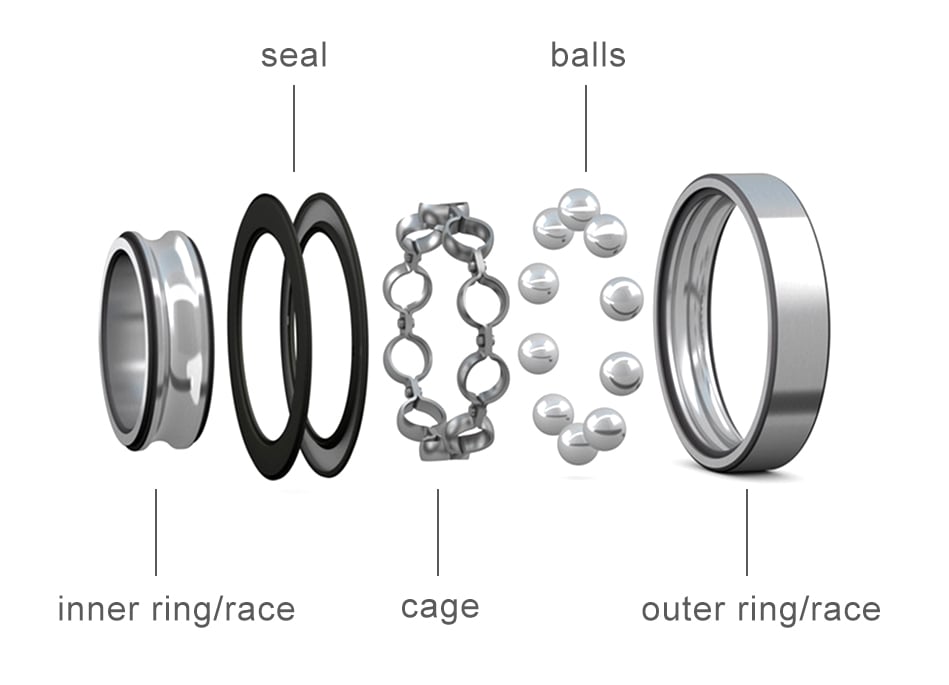
Components of a ball bearing
Types of Ball Bearings
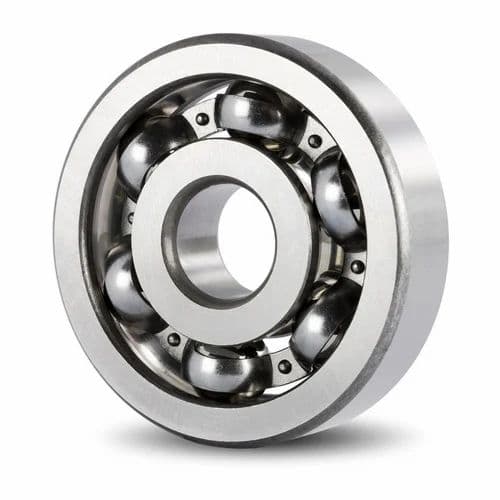
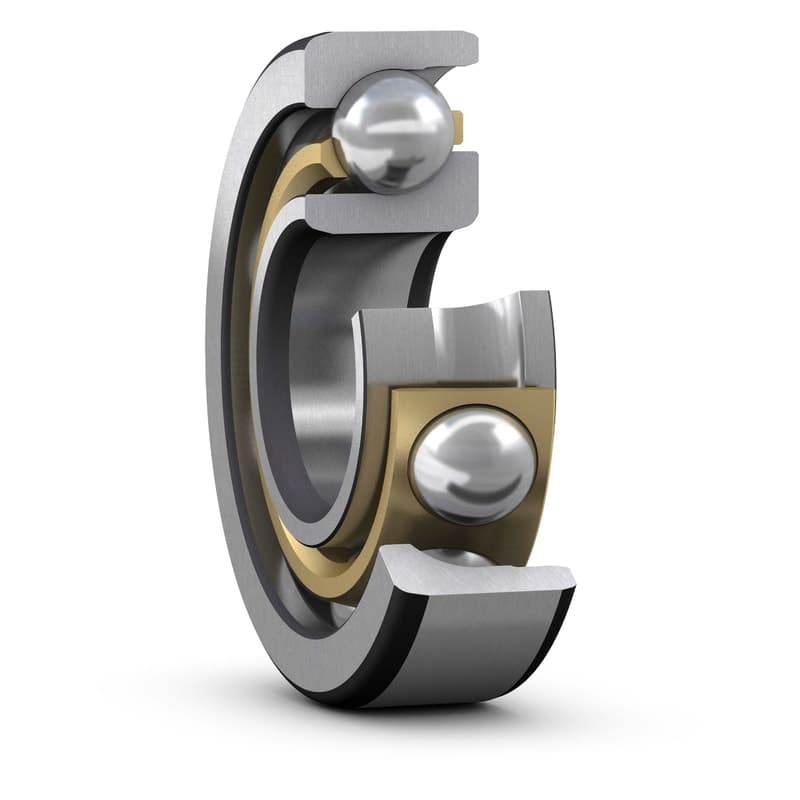
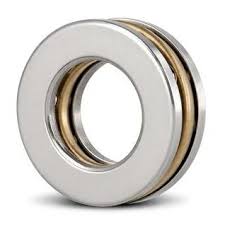
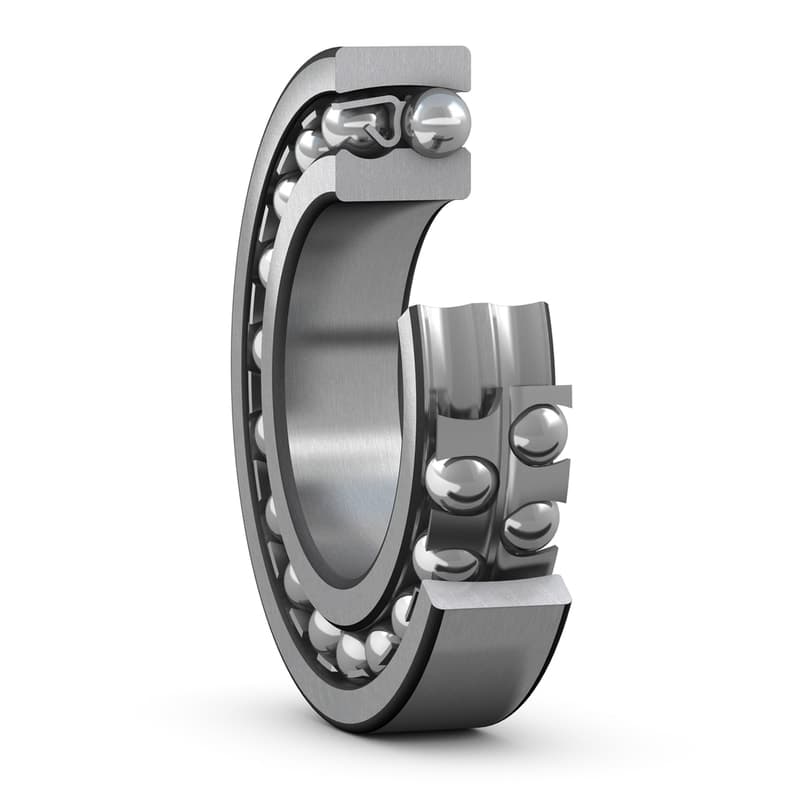
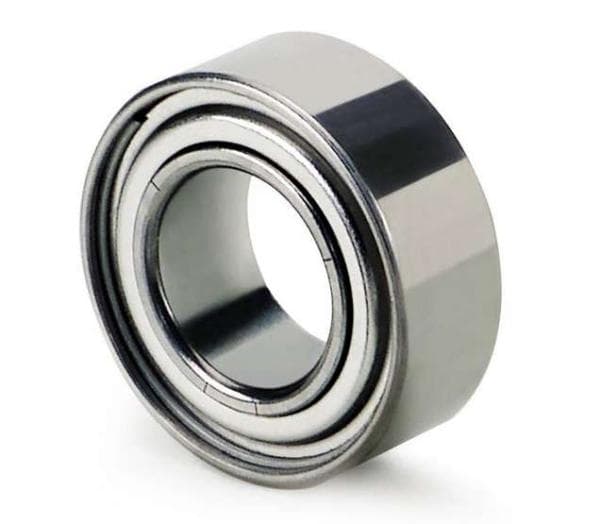
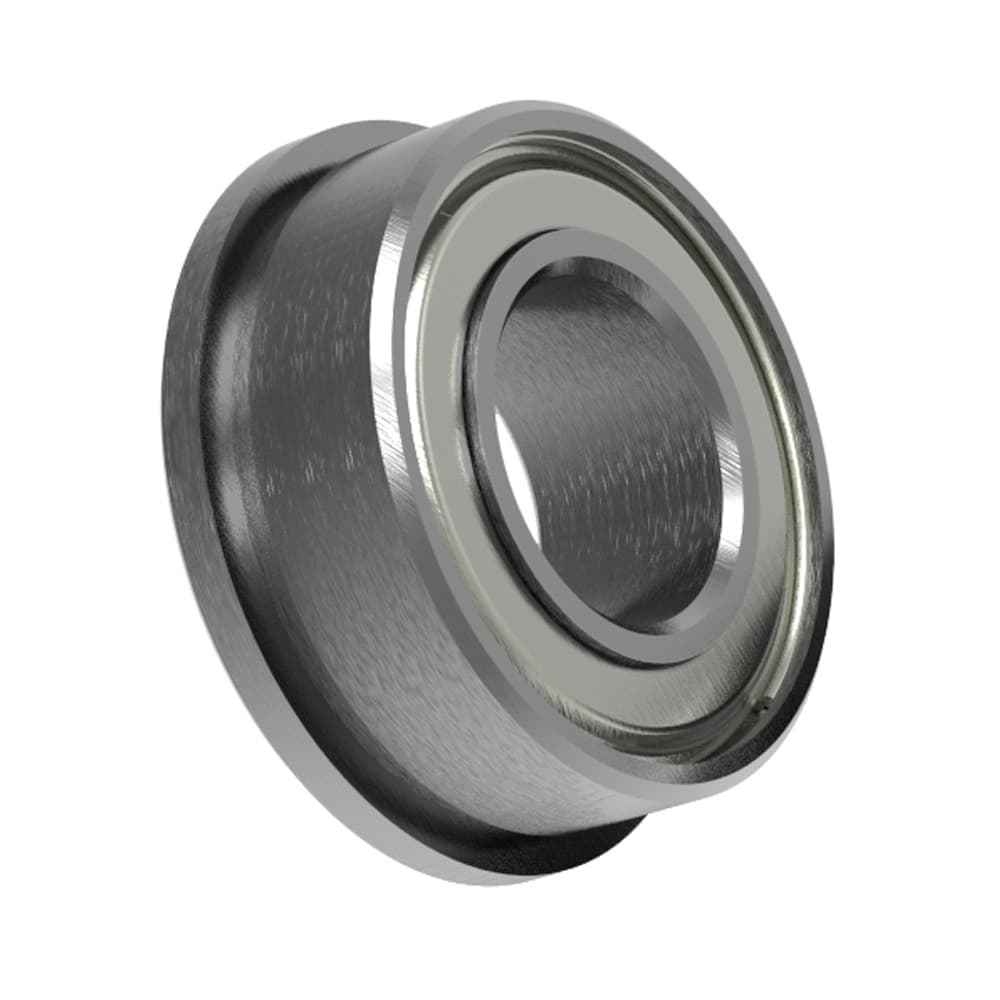


Industries that Use Ball Bearings
- Automotive: Ball bearings are used in various automotive applications, including engines, transmissions, and wheels.
- Aerospace: Ball bearings are used in airplane engines, landing gears, and flight control systems.
- Manufacturing: Ball bearings are used in machines such as conveyors, printing presses, and robotics.
- Construction: Ball bearings are used in heavy equipment such as cranes and excavators.
- Medical: Ball bearings are used in medical equipment such as surgical power tools such as drills and saws, as well as in X-ray equipment and imaging machines.
- Energy: Ball bearings are used in wind turbines, generators, and motors in the energy industry.
- Agriculture: Ball bearings are used in farm equipment such as tractors and cultivators.
- Sports equipment: Ball bearings are used in various types of sports equipment such as skateboards, rollerblades, and fishing reels.
Specific Applications of Ball Bearings
- Skateboard wheels: Ball bearings are used in skateboard wheels to reduce friction and improve rolling efficiency.
- Electric motor: Ball bearings are used in electric motors to reduce friction and improve efficiency.
- Bicycle hub: Ball bearings are used in bicycle hubs to reduce friction and improve performance.
- Aircraft engine: Ball bearings are used in aircraft engines to reduce friction and improve efficiency.
- Conveyor belts: Ball bearings are used in conveyor belts to reduce friction and improve efficiency.
- Medical equipment: Ball bearings are used in medical equipment such as dental drills and MRI machines to reduce friction and improve performance.
- Robot joints: Ball bearings are used in the joints of robots to reduce friction and improve movement efficiency.
Advantages of Using Ball Bearings
- Increased efficiency and reduced friction
- Supporting radial and axial loads
- Cost savings over time
- Longevity of ball bearings
Importance of Proper Maintenance
Proper maintenance of ball bearings is essential for ensuring the longevity and efficient operation of machinery and equipment. It can help prevent premature wear and extend the lifespan of the bearing. Maintenance also provides an opportunity to identify potential issues early on, allowing for timely repairs or replacement of the bearing before it fails.
Cleaning and Lubrication Tips
- Use a degreaser to remove any dirt or debris from the bearing.
- Remove the bearing from the machine and clean it separately.
- Use a brush to gently scrub the bearing, being careful not to damage any of the components.
- Rinse the bearing thoroughly with water and dry it completely.
- Apply a lubricant to the bearing to ensure it operates smoothly and efficiently.
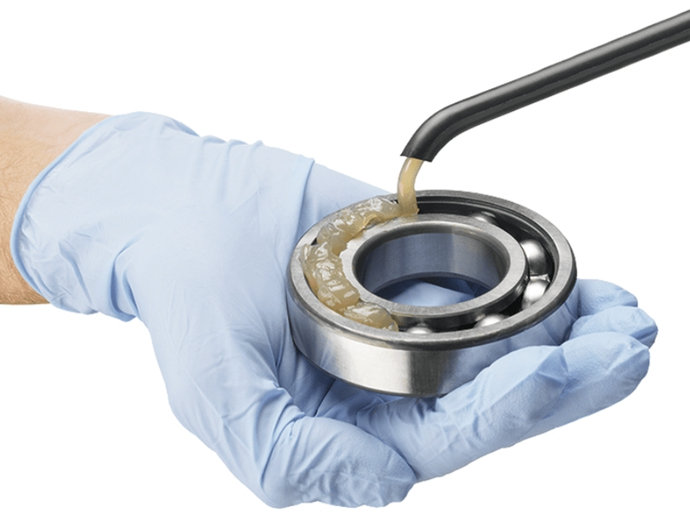
Ball bearing lubrication
- Avoid using compressed air to dry the bearing as it can push dirt and debris further into the bearing.
- Only use recommended cleaning solvents and lubricants for the specific type of bearing being cleaned.
- Regularly check and replace any damaged or worn bearings to prevent machine failure.
Ball bearings play a crucial role in various industries where smooth and efficient operation is essential. The use of ball bearings reduces friction, improves efficiency, and extends the lifespan of machinery and equipment.
Proper maintenance of ball bearings is crucial for ensuring their longevity and efficient operation, and regular checks and replacement of damaged or worn bearings can prevent machine failure. The importance of ball bearings in different industries cannot be overstated, and their continued development and improvement will undoubtedly lead to even greater efficiency and cost savings in the future.
As a leading supplier of high-quality ball bearings, LILY Bearing offers a wide range of bearings for different applications and industries.
Keep Learning








